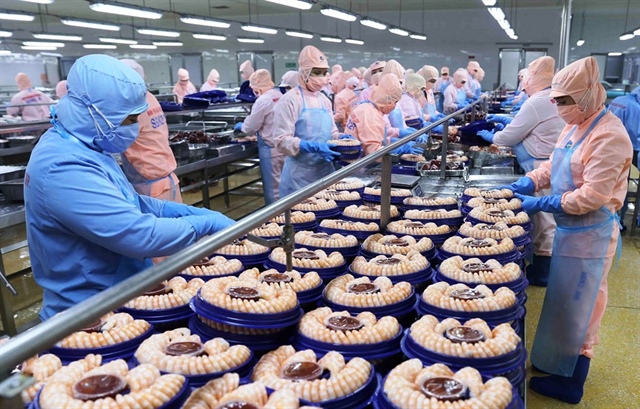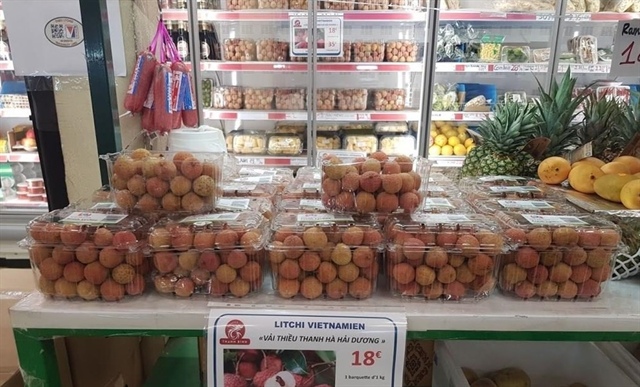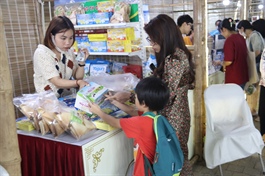Exporters urged to use int’l distributors
Exporters urged to use int’l distributors
International distributors are opening a world of opportunities for Vietnamese manufacturers and exporters, including new markets, improved consumer access and profitable revenue streams.
International distributors
According to the Ministry of Industry and Trade, in the first 10 months of 2022, Vietnam exported goods worth US$312.82 billion, up 15.9 percent from the same period last year. This achievement is partially attributed to Vietnamese businesses’ efficient exploitation of free trade agreements (FTAs) and exports through international distributors.

Exporters need to obtain updates on sanitary and phytosanitary standards |
Tran Phu Lu, Deputy Director of the Investment and Trade Promotion Center of Ho Chi Minh City (ITPC), said the government is turning increasingly to exports through international distributors as a strategic trade direction in light of the successive increase in exports through leading supermarket and distribution systems abroad. Exports of farm produce, processed foods, textiles and garments, and handicrafts, among other goods, have also attracted growing numbers of buyers overseas due to their increased variety and improved quality.
Representatives of leading international distributors in Vietnam, including Walmart, Central Group, Aeon, Lotte, and Decathlon, are willing to support small and medium enterprises with opportunities to export products to their distribution systems.

Vietnamese produce sold in supermarkets in France |
Business support
According to Huynh Minh Vu, Deputy Director of the Ho Chi Minh City Center of International Integration Support (CIIS), international economic integration and implementation of FTAs open up a world of export opportunities. However, the opening of markets and FTA tariff eliminations have resulted in non-tariff barriers imposed by importing countries to protect domestic producers. At the same time, high inflation has reined in consumer spending in important export markets, including the US and EU, hampering key Vietnamese exports, such as textiles and garments, leather and footwear, and wood furniture.
In that context, the Ministry of Industry and Trade is urging enterprises to use market analysis and approach tools in order to identify trends, commodity sectors, import and export regulations, requirements on sanitary and phytosanitary (SPS) measures, and technical barriers to trade (TBT), among others.
Le Viet Dung Linh, market researcher of the International Trade Center (ICT) in Vietnam, said international trade tools help businesses access important data on demand, trends, and market standards in specific regions, countries and territories. ITC is providing enterprises with research tool data to analyze opportunities for import and export of goods into foreign markets, he said.
Businesses can also find updates on sanitary and phytosanitary standards, technical barriers to trade in specific markets, and access the global trade alert system on the international ePing website of the World Trade Organization.




















